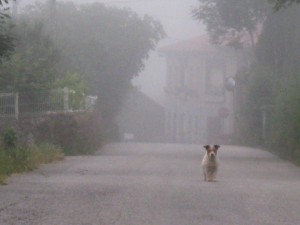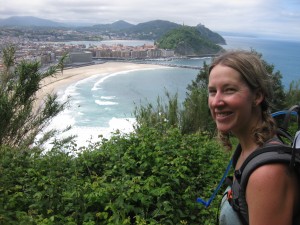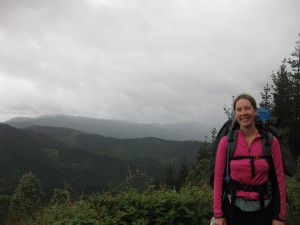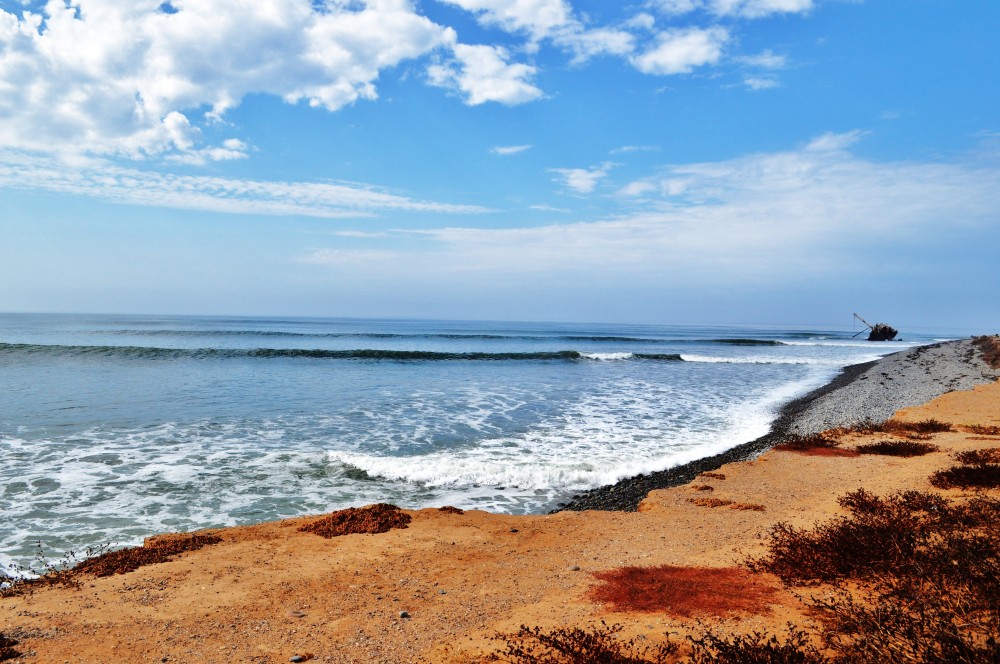Late last spring I walked 520 miles across Spain.
I carried with me 14 pounds of gear including 2 liters of water. I listened to music, ate food, talked to strangers, and walked.
Some days were incredibly hard, especially in the beginning. My feet hurt. Tiny fractures sent searing pain throughout my feet and into my ankles. At one point, I tearfully looked into options for quitting and dreamt of relaxing in Barcelona instead.
But I chose to stay and to finish my journey.
Soon after I made that decision, the sever discomfort went away. I rubbed my feet nightly and walked them, barefoot, through sandy beaches and mud-cushioned grass. The earth embraced my feet and massaged them, encouraging me forward.
I walked for 30 days and spent each night in a new hostel, or alberque.
One night, in an attempt to drown out the snoring of my fellow pilgrims, I listened to chanting music through my earbuds. The timber of the songs matched the timber of the snoring, and I was soon in a snore-free zone, invited into ancient secrets for hours on end as I slept. I continued that tradition for the next 28 days as I made my way from place to place.
I also meditated. Sometimes I used nothing but my breath, and other times I followed the words of teacher and psychologist, Tara Brach. Sometimes I sat still and meditated; other times I walked, ate, or engaged with another in an intentional space of awareness and stillness.
The voices and textures of these chants and meditations became the few consistencies in my journey. Every single day presented a new adventure, yet I always returned to the subtle home of being.
At one point during a walking meditation, I looked at the bark on a tree and became aware that everything seemed really strange. Everything seemed surreal. The flowers, sounds, and rain, in particular, seemed resolute, crisp, and poignant. People seemed like characters, floating in and out of my dreams, and events seemed like winks from the universe.
Soon after, I came across a piece of paper on a wall. It read, “a man knows not who he is until he has found himself in a strange place where nobody knows his name.” That was me. I was in a strange place, and nobody (quite literally that day) knew my name. I was a stranger to myself and my surroundings.
It was as though my feet had walked me to where peyote and mushrooms once had. My universe, both visually and spiritually, was wide open, mystical, and distinctly unfamiliar. Yet it somehow felt like home.
Upon my return to the United States, I told my dear friend Janine about that space. She nodded in understanding. “It’s the liminal space,” she said.
She referred me to Dr. Sheryl A. Kujawa-Holbrook’s book, Pilgrimage: the Sacred Art. Journey to the Center of the Heart. In it, Dr. Kujawa-Holbrook writes that there are three stages in a pilgrimage: separation, transition, and incorporation. In the middle stage, the pilgrim has separated from life as she knows it and begun the “reflective practice of making meaning from…new experiences.” She has entered the liminal space and “no longer connects with [her] previous ways of being but has not yet incorporated a new way of being into [her] identity.”
I realized that for the majority of the 30 days that I had walked El Camino de Santiago, I had been in the liminal space. In fact, I still was. I had left what was familiar and not yet landed in or incorporated into my identity something new.
Today, nearly nine months after my journey, I’ve had plenty of time to reflect upon that space and to work in the stage of incorporation. I’ve noticed that much of my life occurs in the liminal space, and that the liminal space is indeed all around us, all of the time. It is there for the embracing.
I’ve also discovered that the liminal space can be a space of power, peace, and transformation.
I’ve created this blog as a place to explore the liminal space, and I invite you to join me!
Join me, won’t you?
With love and liminality,
Annie Rose Stathes



